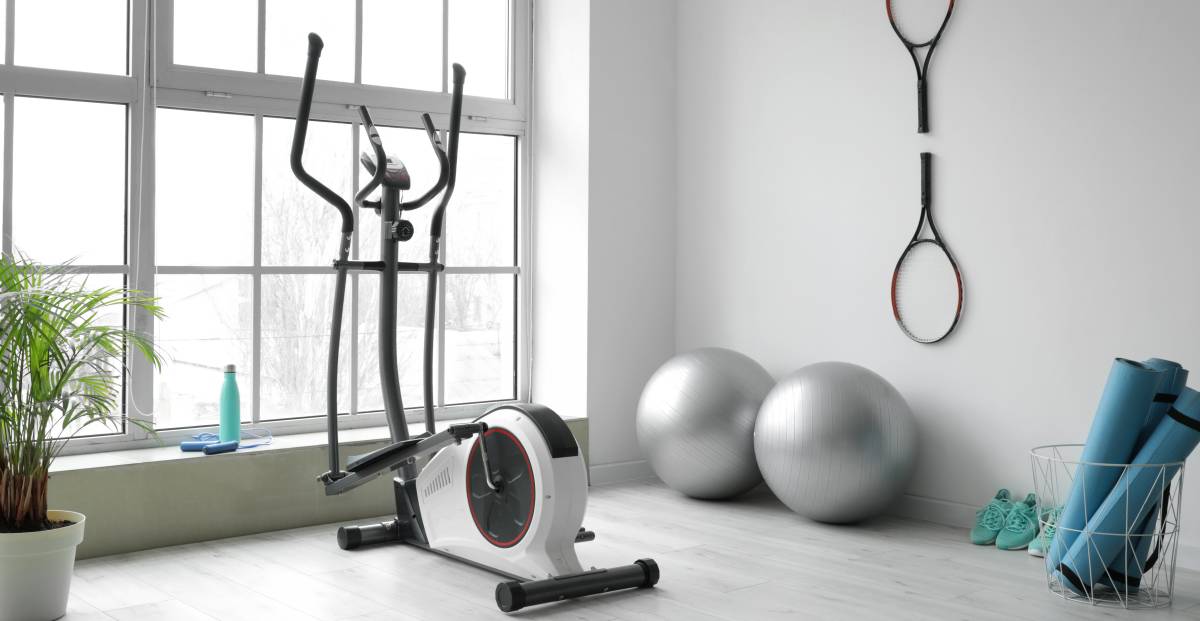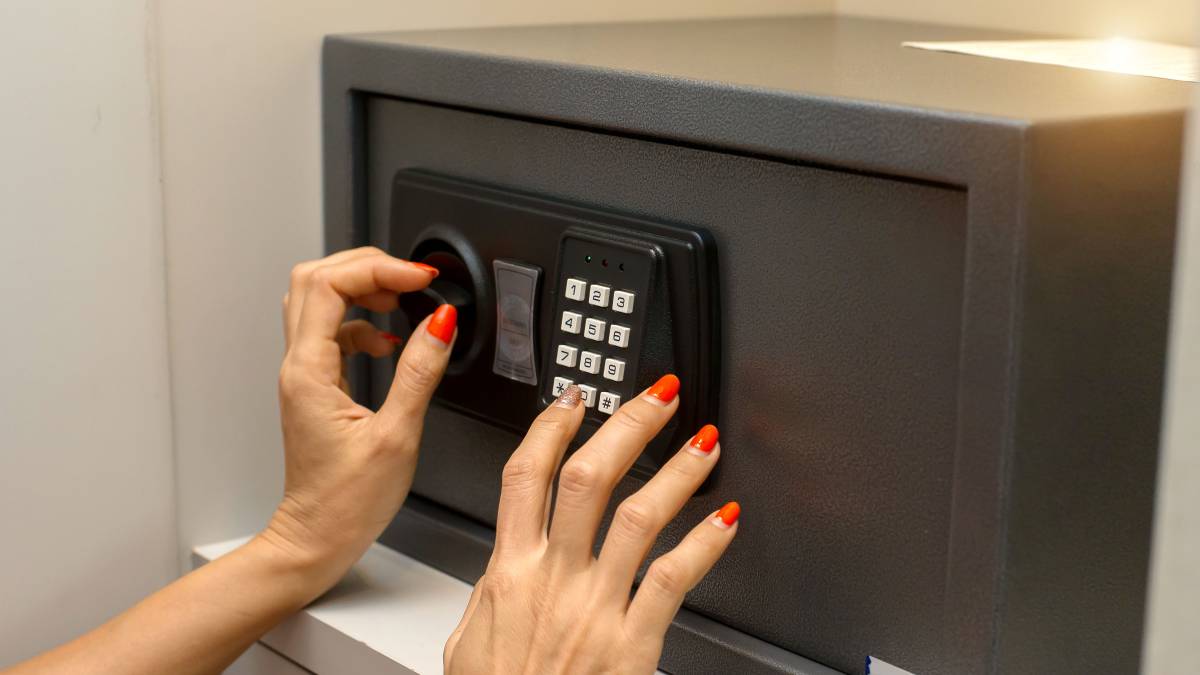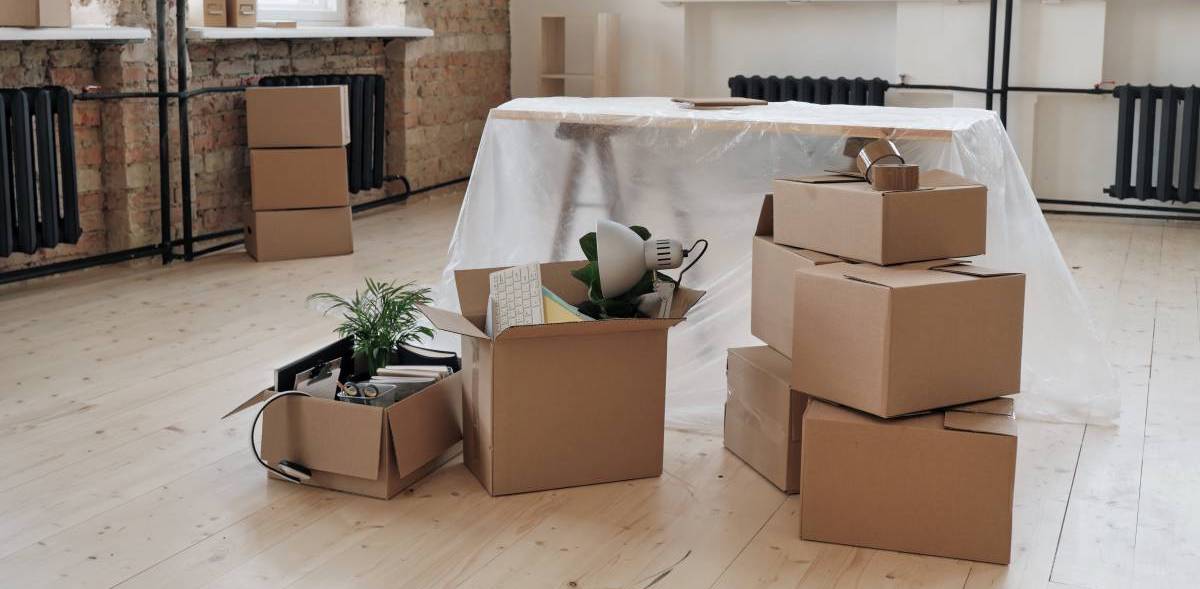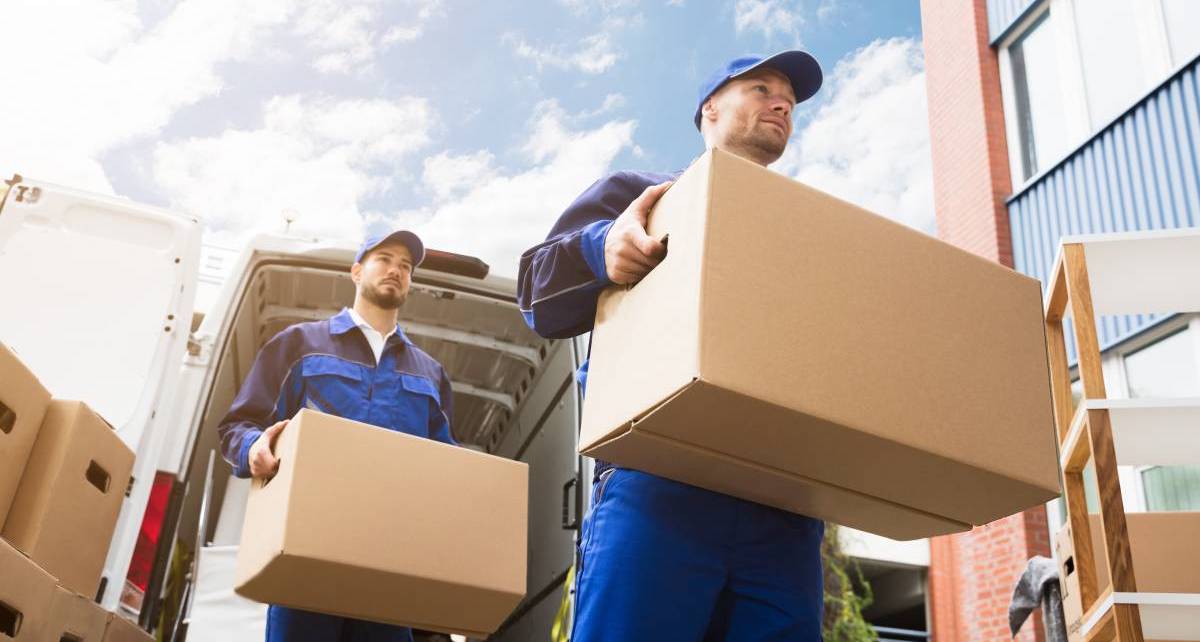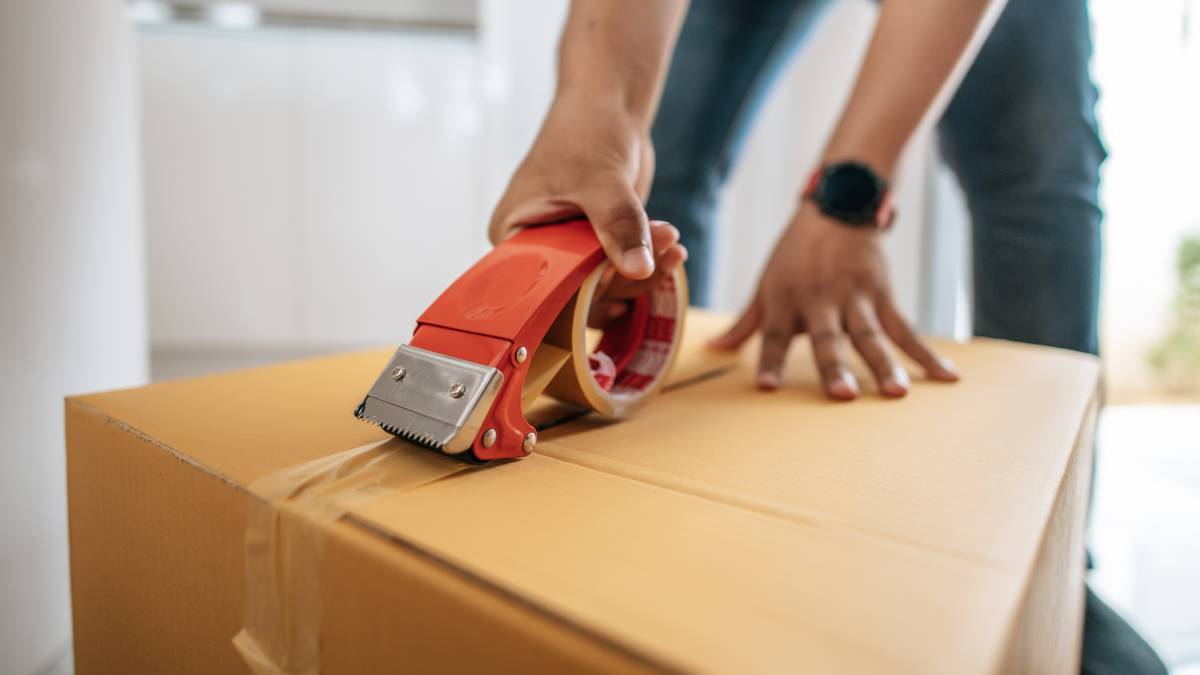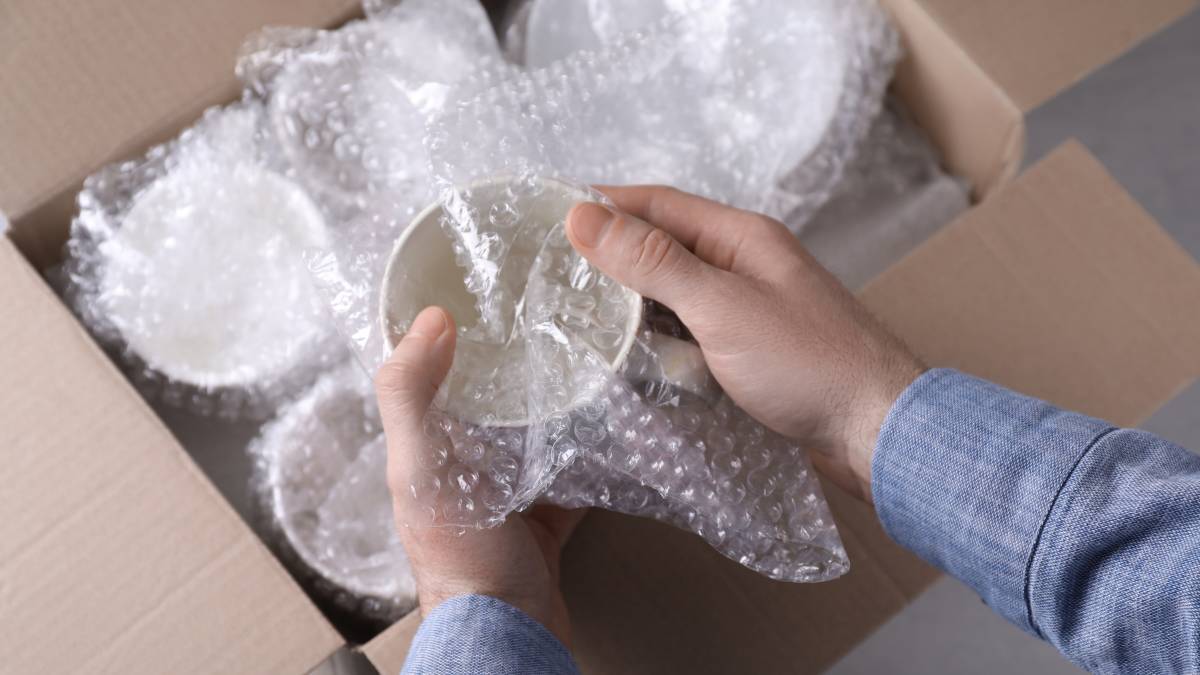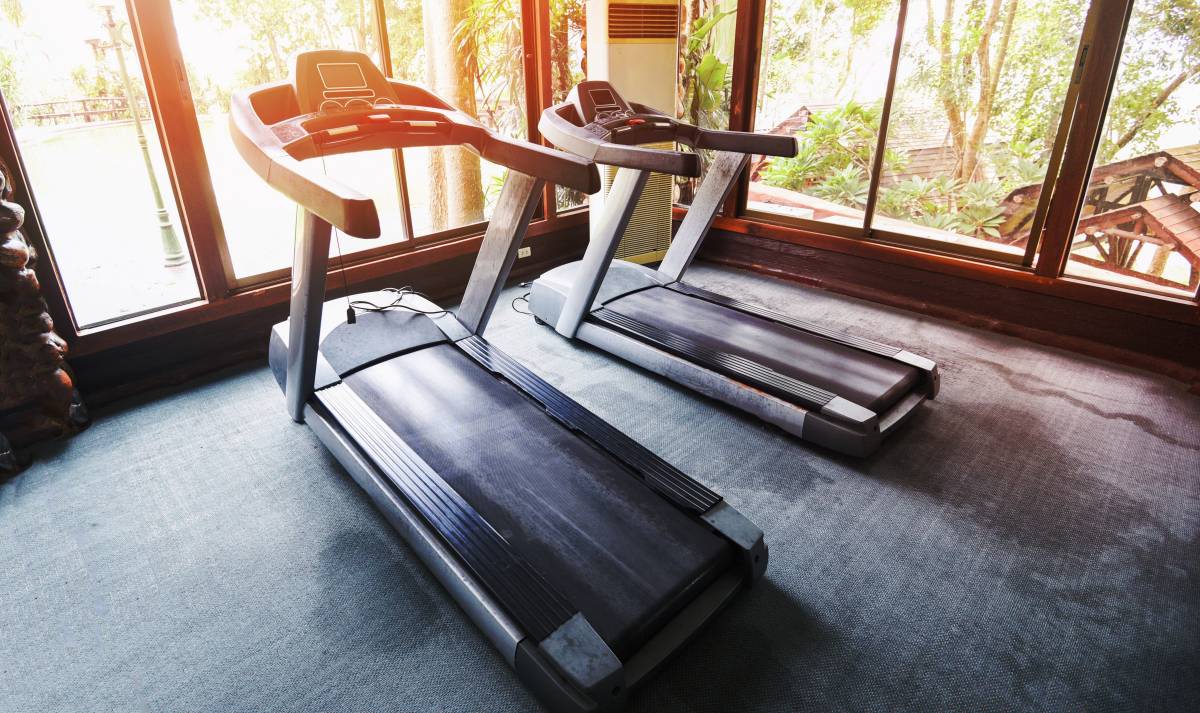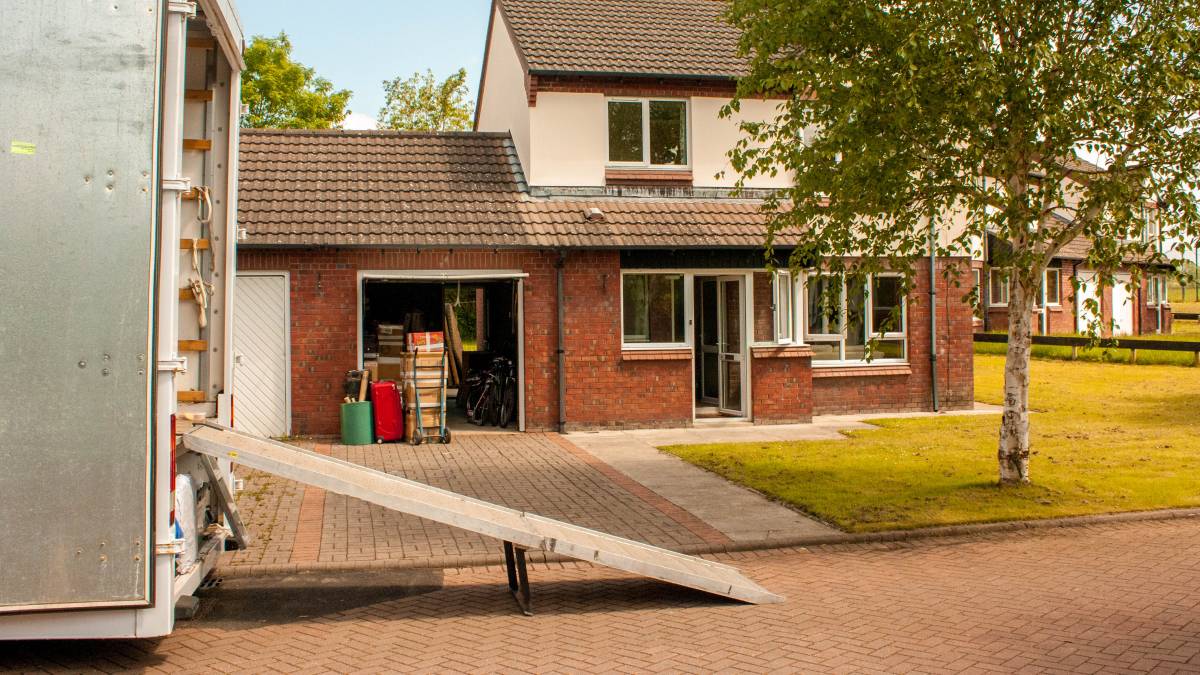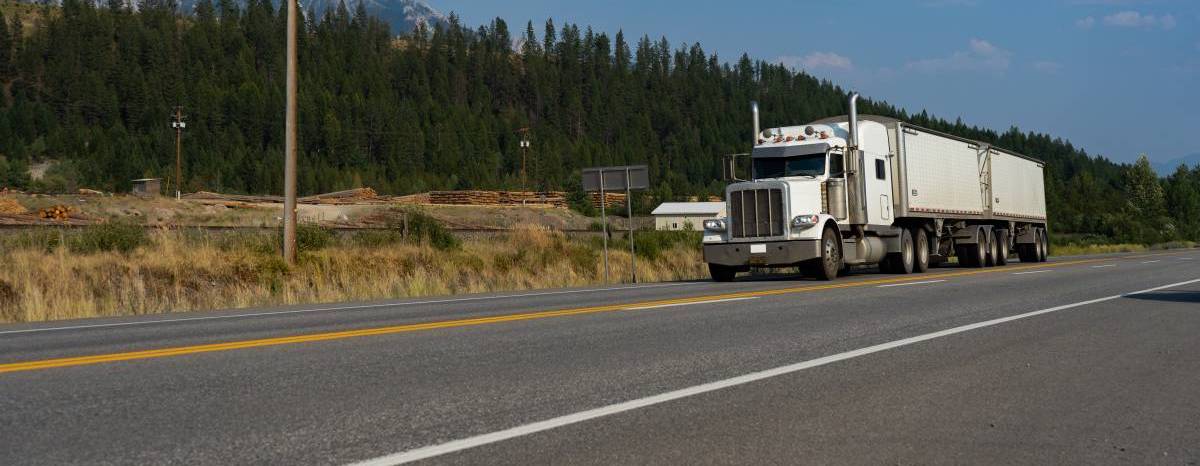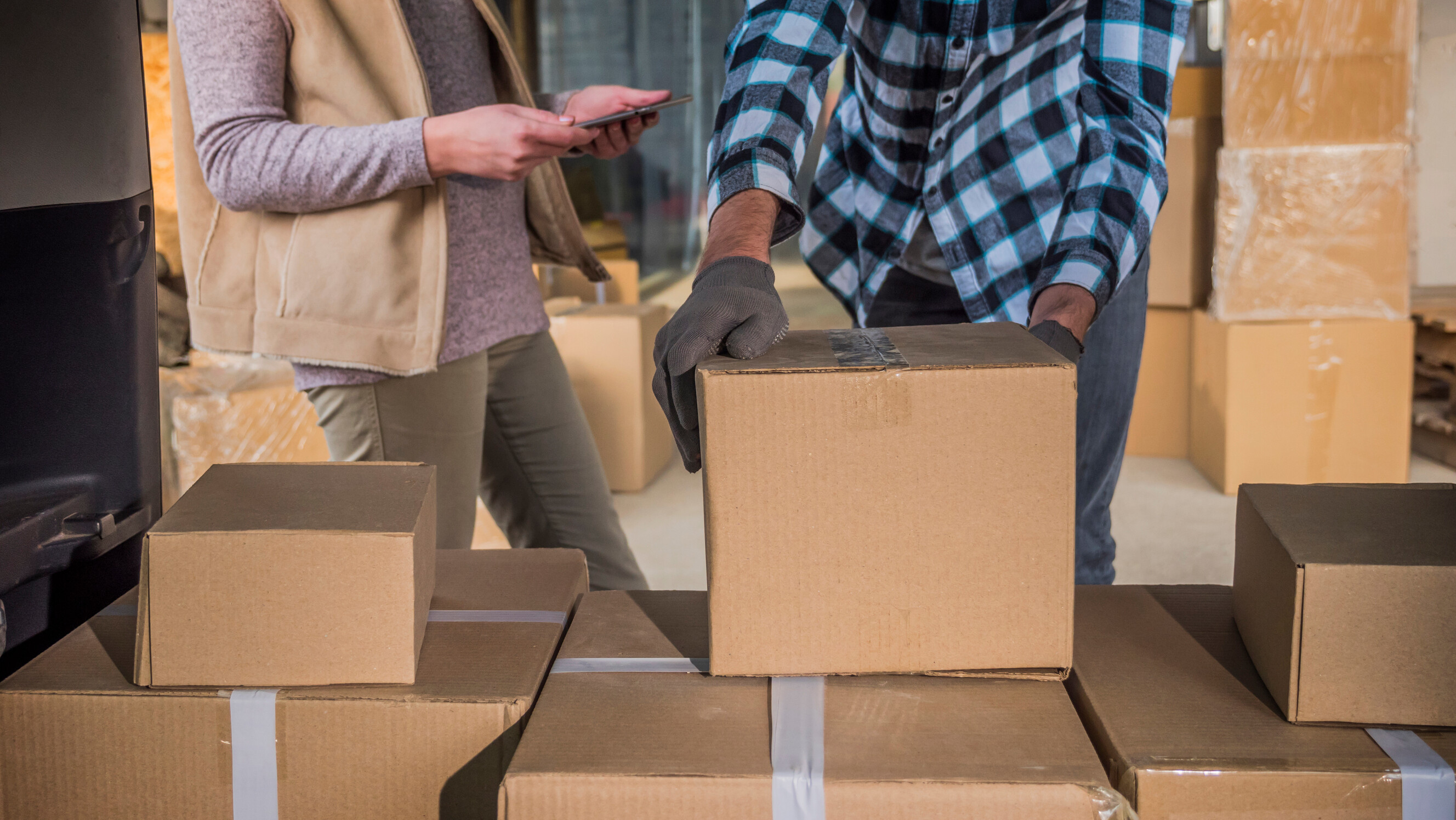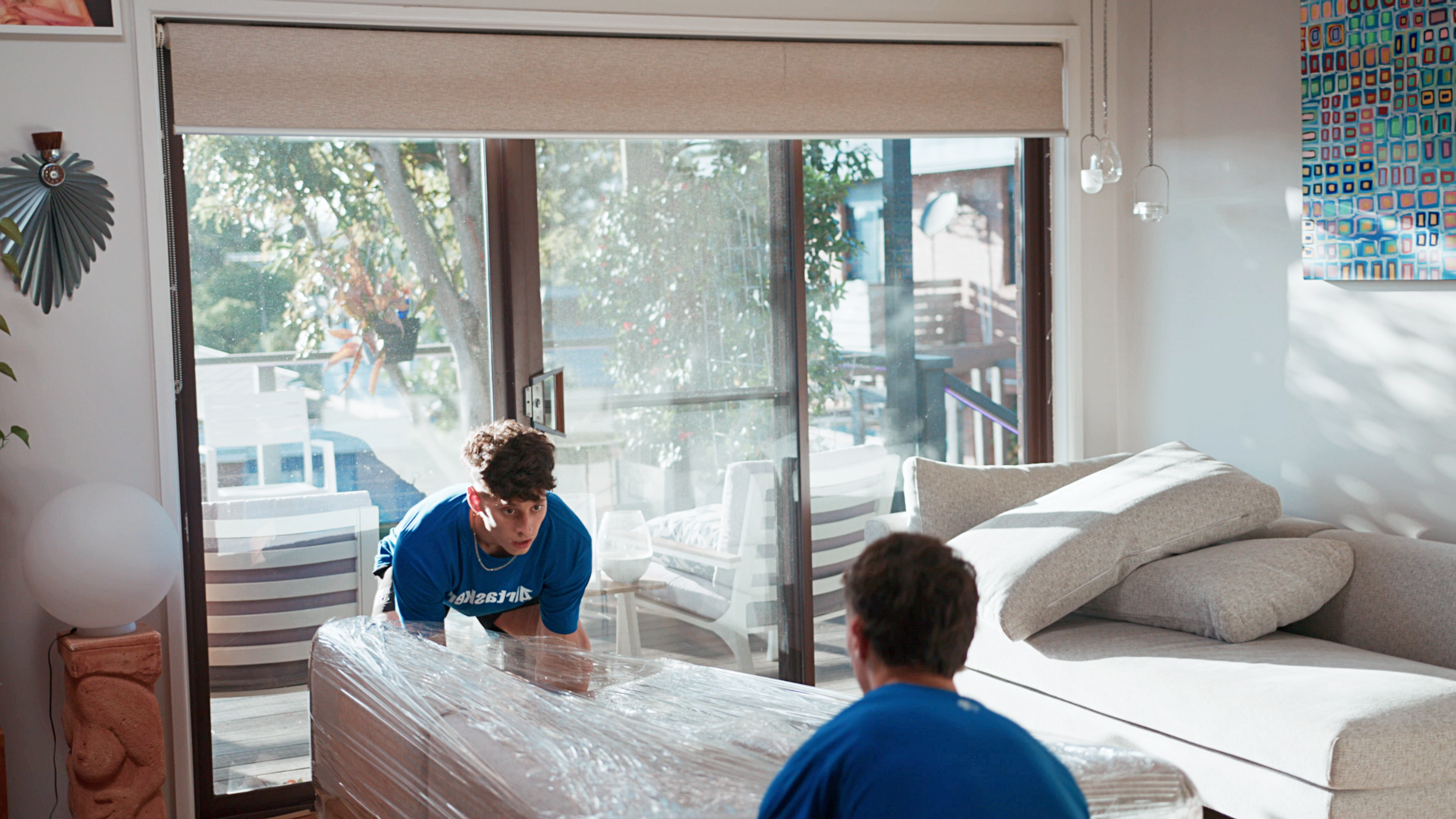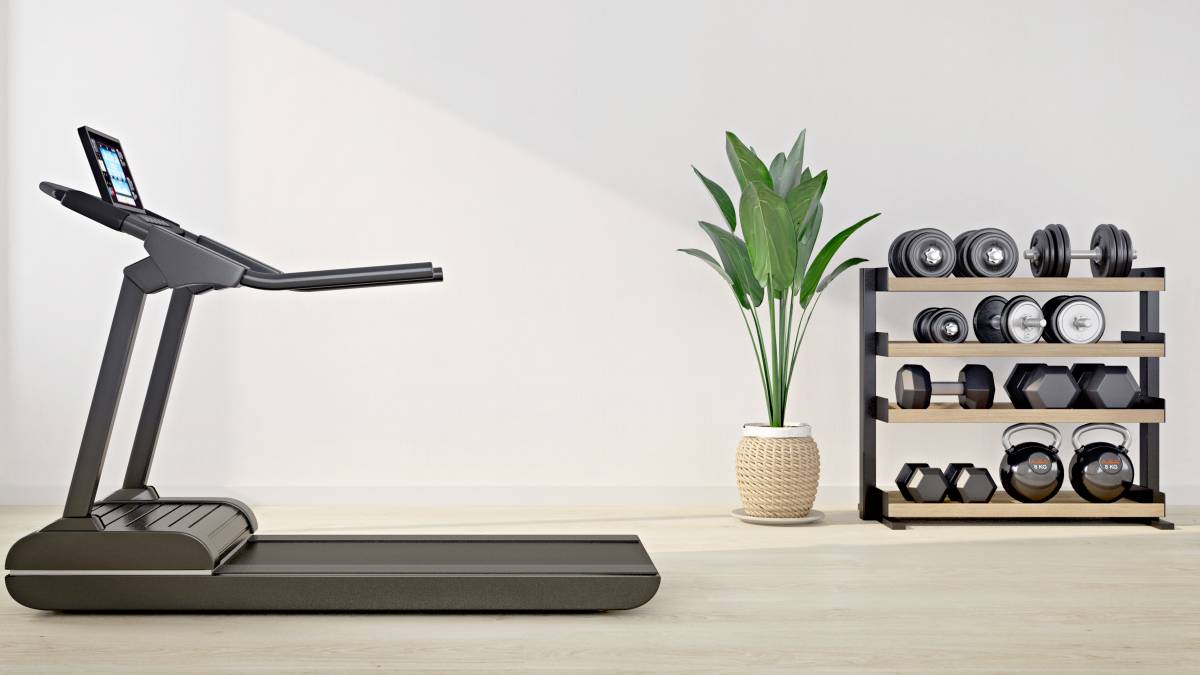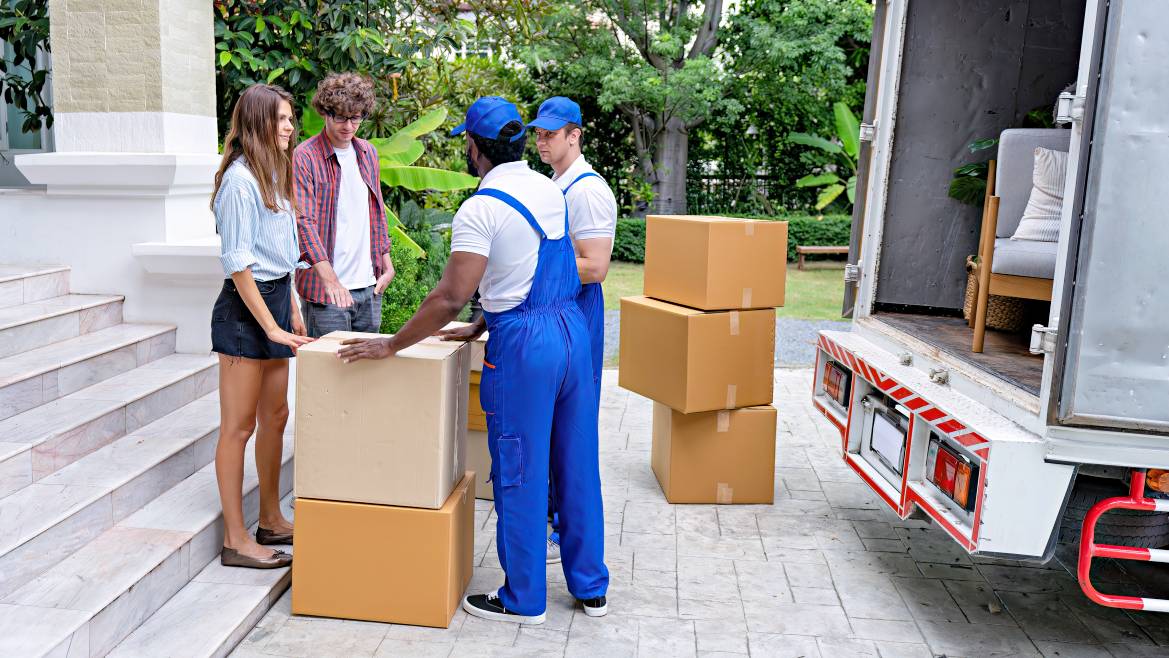
A guide to becoming a mover
Join AirtaskerLast Updated on

Written by Genine T.
Staff Writer

Reviewed by Daniel C.
Moving Expert
Read more about our contributors
Key Facts
You can earn a steady income as a mover, especially as demand for local and cross-state relocations continues to grow across the U.S.
Before starting, ensure you have the necessary licenses, insurance, and reliable equipment to operate legally and protect yourself and your clients.
Building a good reputation through professionalism, networking, and consistently delivering high-quality service is the fastest way to attract repeat customers and secure steady work.
Americans are relocating more than ever, with cross-state moves rising as people look for new jobs, affordable housing, and fresh starts. This surge has also created a growing need for dependable movers. If you own a pickup truck, van, or trailer, now could be the perfect time to turn your vehicle into a steady source of income.
In this post, we’ve partnered with a professional mover to share practical tips on how to start your own moving business. You’ll learn what equipment, licenses, and skills you need to succeed, plus how to set fair prices and earn repeat customers. Ready to get moving? Let’s begin.
What does a mover do?

Movers transport goods from one place to another, ensuring nothing gets damaged. To become a mover, you must understand their basic duties and responsibilities.
Here are some tasks that you might work on as a mover or as the owner of a successful moving business:
- Lift, carry, and load items with no weight limit onto trucks for transport to and from locations
- Collect furniture from residential, commercial, or institutional clients.
- Deliver and set up furniture inside client homes, as required or requested, within the time frame
- Wrap and protect furniture from potential damage
- Pack or unpack items in an organized and efficient manner
- Provide moving house solutions as needed, including specialised services like mobile home moving.
Qualifications and skills of a mover
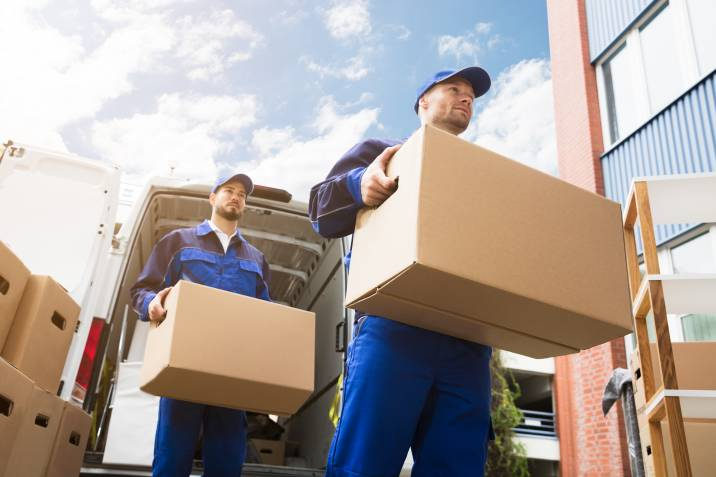
Before loading your first box, it’s important to ensure you’re legally and financially protected. Professional movers in the U.S. must meet a mix of federal, state, and local requirements to operate safely and protect their customers’ belongings.
Licenses and insurance
If you plan to move goods across state lines, you’ll need to register with the Federal Motor Carrier Safety Administration (FMCSA) and get a USDOT number. Some movers also need an MC number for extra operating authority.
For local or intrastate moves, each state has its own rules. You may need to register with a state agency, such as:
California Public Utilities Commission (PUC)
Texas Department of Motor Vehicles (DMV)
New York State Department of Transportation (NYSDOT)
You’ll also need a city or county business license before accepting jobs in your area.
Liability insurance
Every mover needs general liability insurance to protect against injury or property damage claims, and cargo insurance to cover customers’ goods in transit.
If you hire staff, you’ll also need workers’ compensation insurance in most states. It’s a smart way to protect both your crew and your business from costly claims.
Vehicle insurance
Your moving truck or van must have commercial auto insurance. This covers accidents, vehicle damage, medical bills, and legal costs. Consider adding extra coverage like:
Collision and comprehensive insurance
On-hook towing insurance (if you move vehicles)
Hired and non-owned auto coverage (if you rent or lease trucks)
City/state requirements
Some states and cities require special permits, minimum insurance coverage, or tariff filings (a list of your service rates). Always check your local transport department’s website before launching.
Remember, skipping these steps can lead to fines, license suspension, or even loss of insurance coverage—so it’s worth doing right the first time.
Mover associations
There are mover associations found locally and internationally. These associations are formed by companies that do jobs like moving and related services, and often have an affiliation with these companies to ensure that the quality of service given is always top-notch.
By becoming a part of these associations, you also get access to industry trends, and you can build a network of connections to get jobs.
Some associations to check out are The American Trucking Association (ATA) Moving & Storage Conference, the International Association of Movers (IMA), and the FIDI Global Alliance.
Essential skills
Education, training, and experience
The best way to learn how to be a mover is through on-the-job training. Most movers start by working alongside experienced movers or supervisors who teach them how to lift and carry items safely, pack and secure boxes, and load and unload a truck efficiently.
Some companies also offer short training courses that cover safe handling techniques, customer service basics, and equipment use.
Time management and organizational skills
Good movers know that every minute counts. Being on time builds trust, and an organised system keeps every job running smoothly. To stay efficient:
Use a clear checklist for supplies and client details
Map out routes in advance to avoid traffic or limited parking
Label and track items as they are loaded and unloaded
Tackle the heaviest or bulkiest items first to save time later
Movers who manage their time well earn better reviews and complete more jobs in a day.
Physical prerequisites
Being a mover is physically demanding work that requires both strength and stamina. It’s important to pace yourself rather than using all your energy early in the day, as fatigue can lead to slower performance and increase the risk of injury.
To maintain your strength and prevent strain:
Keep up regular stretching or light workouts
Learn proper lifting techniques to protect your back
Use dollies, straps, and ramps whenever possible
Take short breaks and stay hydrated, especially in hot weather
Communication and adaptability
Moving can be stressful for customers, so clear, organised communication is essential. Explaining your process upfront and confirming key details helps build trust.
Before any work begins, make sure you have a signed contract that outlines all job information and protects both you and the customer.
Your contract should include:
Pickup and drop-off addresses
Agreed rates and payment terms
Insurance information and coverage details
Names of everyone working on the job
Start and end times, including breaks
Any potential extra charges, such as double drive time, long carries, stairs, materials, or crating fees
Written permission from the customer to move their belongings
Keeping these details in writing avoids confusion and ensures full transparency. Even with the best planning, unexpected challenges like narrow driveways, staircases, or sudden weather changes can arise.
Tools and equipment
Safe and reliable moving vehicle
Your truck or van is the backbone of your business. It must be well-maintained and meet Department of Transportation (DOT) and FMCSA safety standards. Keeping vehicles in top shape protects your crew and clients’ belongings.
As a rule of thumb, every moving vehicle should have:
Regular inspections and maintenance records
Functional brakes, lights, mirrors, and turn signals
Safety glass and seatbelts in good condition
Proper weight distribution to avoid overloading
Licensed, qualified drivers who follow DOT regulations
Moving tools
Having the right tools makes moving faster, safer, and more professional. These essentials protect furniture, reduce strain, and prevent property damage. Some of the common moving tools include:
Moving blankets and furniture pads to cushion and protect items
Floor runners to cover floors and stairs, preventing scratches or dirt during the move
Straps and bungee cords to secure loads inside the truck
Dollies and hand trucks to move heavy boxes and furniture
Ramps and loading platforms for lifting items into taller trucks
Stretch wrap, tape, boxes, and packing materials for fragile or specialty items
Safety gear and attire
Safety is non-negotiable in the moving industry. The Occupational Safety and Health Administration (OSHA) requires Personal Protective Equipment (PPE) whenever there’s a risk of injury. Wearing proper gear keeps you comfortable, safe, and ready to handle long days.
For starters, be sure to invest on the following:
Closed-toe, non-slip work boots (steel or composite toe for heavy jobs)
Durable work gloves for grip and protection
Long-sleeved shirts and pants to prevent scrapes
Weather-appropriate layers like moisture-wicking shirts or waterproof jackets
Secured hair and no loose jewelry or accessories
Factors to consider when pricing your rates
Hourly vs flat-fee vs per-item pricing
Choosing how to price your moving jobs is one of the most important decisions you’ll make. Each method has advantages depending on the type of move, the distance, and how predictable the workload is.
Hourly pricing
Hourly pricing is the most common option for local or short-distance moves. It offers flexibility when jobs take longer because of stairs, extra packing time, or traffic delays.
Most movers charge an hourly rate that includes two movers and a truck, with additional workers billed at a higher rate, often close to double their hourly pay.
To stay transparent and profitable, include details about fuel charges, usually around 15 percent of the bill, as well as costs for materials and extra fees for long carries, crating, or double drive time.
Flat-fee pricing
Flat-fee pricing works best for long-distance or more complex moves where customers prefer a single, all-inclusive price. This approach gives clients cost certainty, but accuracy is everything. Calculate travel time, labour, and fuel carefully before locking in a rate, and keep detailed records of your past jobs to refine your estimates over time.
Per-item pricing
Per-item pricing works best for smaller jobs such as moving a single appliance, piece of furniture, or specialty item like a piano. It is easy to quote and simple for customers to understand.
However, be sure to inspect the item and access points before giving a price, since what looks like a quick job can take longer if the piece is large, heavy, or difficult to move safely.
Travel time, fuel, and equipment
Travel time, fuel, and equipment use are real business costs that must be built into your pricing. If you ignore them, you’ll lose money over time.
Always calculate how far your team needs to travel from your base to the pickup and drop-off locations, then include that in your estimate. For longer jobs, add time for return travel as well.
Aside from travel time and fuel, you also need to take note of equipment maintenance. Dollies, straps, pads, and trucks need repairs or replacements over time, and those costs can quietly erode profit. Include a small portion of these expenses in every quote so your business stays sustainable.
Questions to consider:
How far are you traveling for this job, including the return trip?
Will fuel or toll costs change the final price?
What is the wear or replacement cost for the tools and truck used?
Are you charging fairly for your travel time between jobs?
Regional/cite rate differences
Moving rates differ across the United States due to variations in operating costs and demand. Movers in large metropolitan areas such as New York, Los Angeles, or Chicago typically charge higher rates because of higher fuel prices, insurance premiums, parking fees, and local business taxes. Urban jobs often involve extra time navigating traffic or working around tight access points, which also raises labor costs.
In smaller cities and rural areas, moving rates are generally lower. Cost of living, storage fees, and local competition influence how much movers can charge. Areas with limited demand or many competing movers usually see reduced pricing, while regions experiencing population growth or housing booms often support higher rates.
Number of helpers
The number of movers you assign changes how smoothly and quickly a job gets done. Two movers can usually handle a one-bedroom move, while bigger homes or long-distance jobs may need three or more. The key is to have enough hands to get the work done safely without adding unnecessary cost.
How to get clients for your moving services
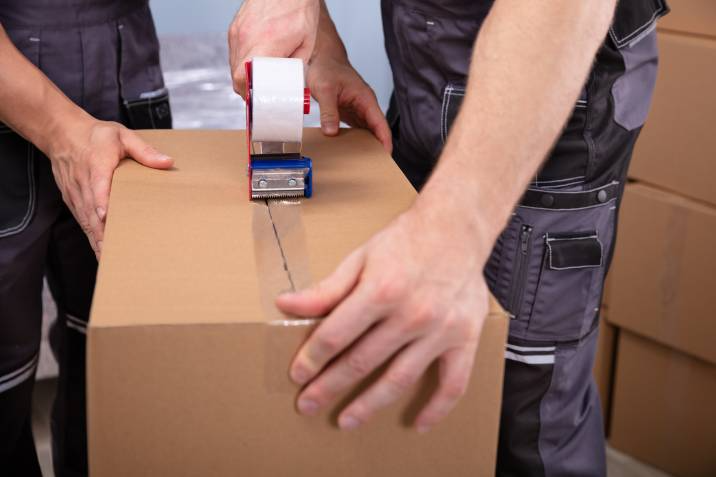
Becoming a mover can be a rewarding and lucrative job. After getting certified to prove your skills and preparing your resume, you can start applying for jobs. You can get jobs as part of a moving company or as an independent mover.
Online platforms
Online job boards are one of the most accessible avenues to find a mover job. Employers will post their moving jobs on websites like Airtasker, and potential employees may simply apply for these jobs.
Likewise, potential employees can share their resumes on these job boards so that employers can seek them out. Online job boards are also a helpful way to build connections to get jobs as needed.
Network with local businesses and the community
Start by connecting with people who already work with movers. For instance, real estate agents, property managers, and storage facilities often need help for their clients.
Keep your presence strong in the community so people remember you when moving day comes. Join local business groups, attend neighbourhood events, and stay active in online community pages where residents often ask for mover recommendations.
Flyers and business cards
Flyers and business cards are a simple but reliable way to get your name out in the community. Keep them clear and easy to read with your business name, phone number, and a short list of services.
More importantly, hand them out where people are already thinking about moving, like real estate offices, apartment buildings, or hardware stores.
Types of moving services you can offer
Packing and unpacking services
Packing services include preparing all items for transport—wrapping fragile objects, boxing household goods, and labeling everything clearly. Unpacking involves setting up the customer’s belongings in their new space, removing boxes, and disposing of packing materials.
The packing and unpacking services suit customers who prefer a hands-off move or need help with fragile or valuable items. Just note that this service means you’ll need to have basic packing materials ready at all times.
Local and long-distance moves
Local moves happen within the same city or nearby areas and are usually finished in a day. They're great for beginners to learn how to load, transport, and unload safely while building experience and customer skills.
Long-distance moves, on the other hand, cover greater distances and require more planning, like route mapping and scheduling. If you cross state lines, you may also need federal registration.
Tip: Movers who expand into long-distance work usually do so once they have reliable equipment, insurance, and a strong understanding of scheduling and client coordination.
Moving bulky/heavy furniture
This service focuses on transporting large or awkward items such as pianos, safes, gym equipment, or oversized couches. They often take more time and teamwork than standard box moves, especially when stairs, narrow hallways, or fragile flooring are involved.
It’s best suited for those who have large trucks with a lift gate or vans that can handle the weight and size of heavy pieces. You should also invest in heavy-duty gear like furniture dollies, sliders, and moving blankets.
Furniture delivery for retailers
Furniture delivery involves working with local retailers, warehouses, or online sellers to bring new pieces directly to customers’ homes. These jobs usually include transporting single items such as couches, tables, or bed frames rather than full household moves.
Consider this service only if you own large, enclosed trucks with sufficient space and padding to protect new furniture. You may also need to have a team ready, as many retailers prefer movers who can also unpack, assemble, or remove old items for customers.
Find the right mover job for you!
If you’re interested in developing the skills above, and you also want to help people move their furniture and goods, consider getting a mover job!
Looking for a job, or do you want to earn extra income on the side? Sign up at Airtasker to become a mover today!
Learn more about our contributors

Written by Genine T.
Staff Writer
Genine is a writer and educator with over seven years of experience. She has published peer-reviewed research papers, worked in academia, and created educational content for thousands of language learners. She discovered her passion for turning complex ideas into practical advice through writing about DIY topics like home improvement, furniture assembly, and household fixes. When she’s not writing, Genine enjoys curling up with her dogs and a good book.

Reviewed by Daniel C.
Moving Expert
Daniel is an experienced moving professional with over 8 years in the industry, including 6 as a foreman for a leading company. He has mastered every aspect of relocation, from packing fragile items and loading trucks to managing local, long-distance, office, and high-end moves. For the past 2 years, he has worked independently, earning a reputation for precision, reliability, and stress-free moves.
The Reviewer Badge is awarded to individuals who are experts in their respective fields and evaluate the content to ensure its accuracy and relevance to the task at hand.
FAQs on becoming a mover
As a mover, you may need to look into three aspects of the job: the physical demands, work environment, and work hours.
While at work, the mover will be regularly exposed to work near moving parts and outdoor weather conditions, including extreme heat or cold weather. The work hours will be flexible but you may need to adjust your hours depending on what the customer needs.
A mover is expected to be strong as there will be a lot of lifting and moving goods. Moving also takes time, hence the need for potential movers to have stamina. It’s a good idea to start practicing long workouts to build your stamina over time. Finally, a mover will need to undergo training to ensure that they know the best practices to pack and move items.
Because the job is physically demanding, potential movers are expected to be strong and have the ability to move or lift heavy furniture or equipment that may weigh over 100 lbs. If you wish to become a mover, it’s a good idea to start building up strength through exercise.
Create your profile and start browsing jobs in minutes
Start earning now
Related articles

How to move a vending machine
Read more

How to wrap furniture for moving
Read more
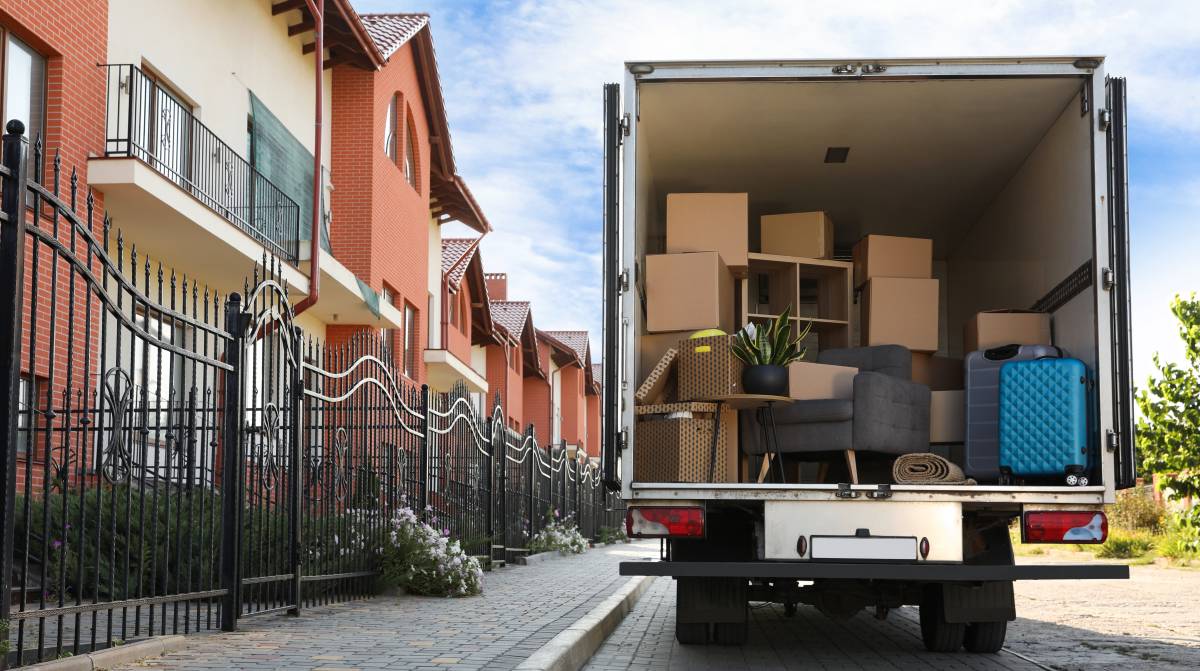
How to pack a moving truck
Read more

How to pack artwork for moving
Read more
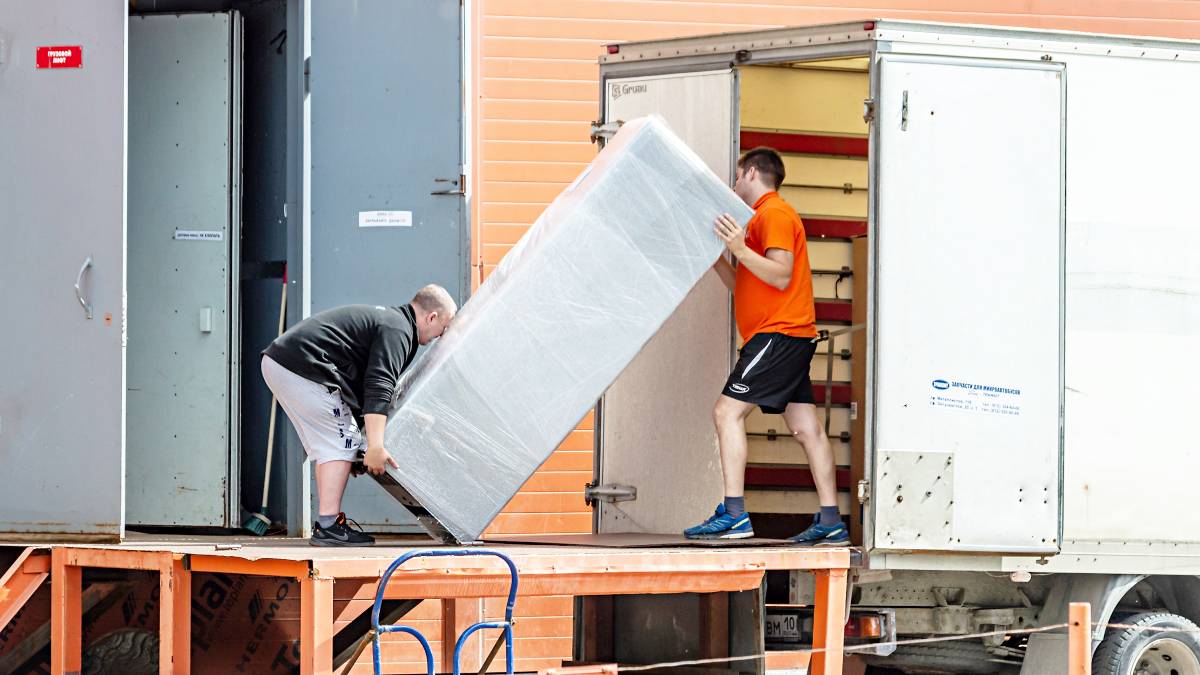
How to move a refrigerator
Read more
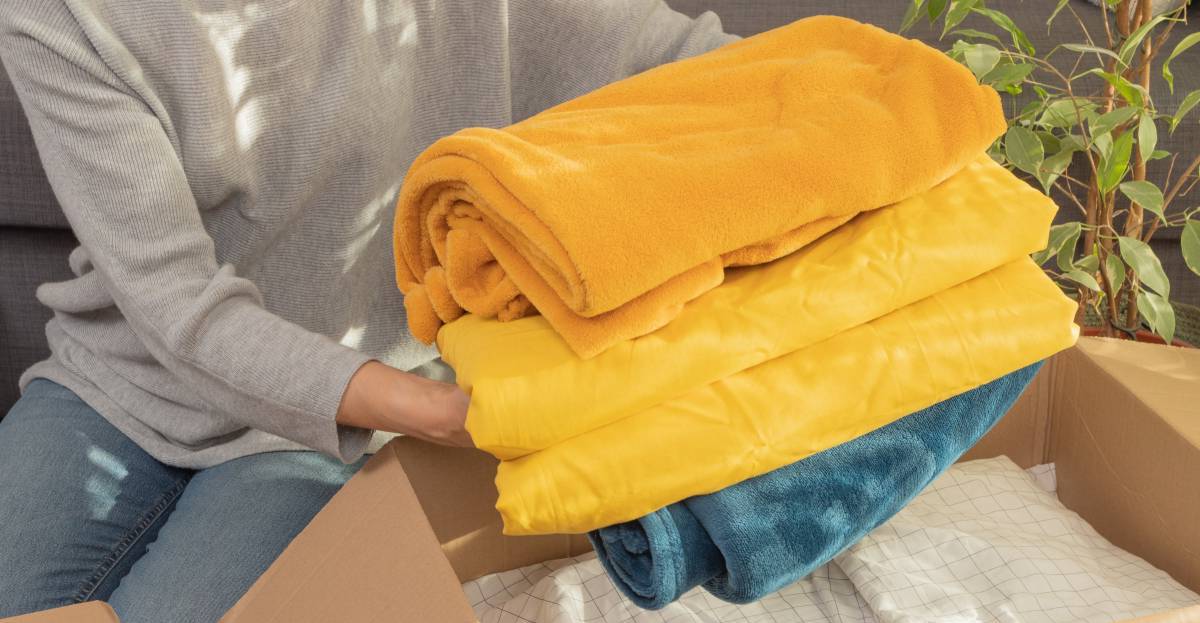
How to pack bedding for moving
Read more

How to move a pool table
Read more

How to pack books for moving
Read more
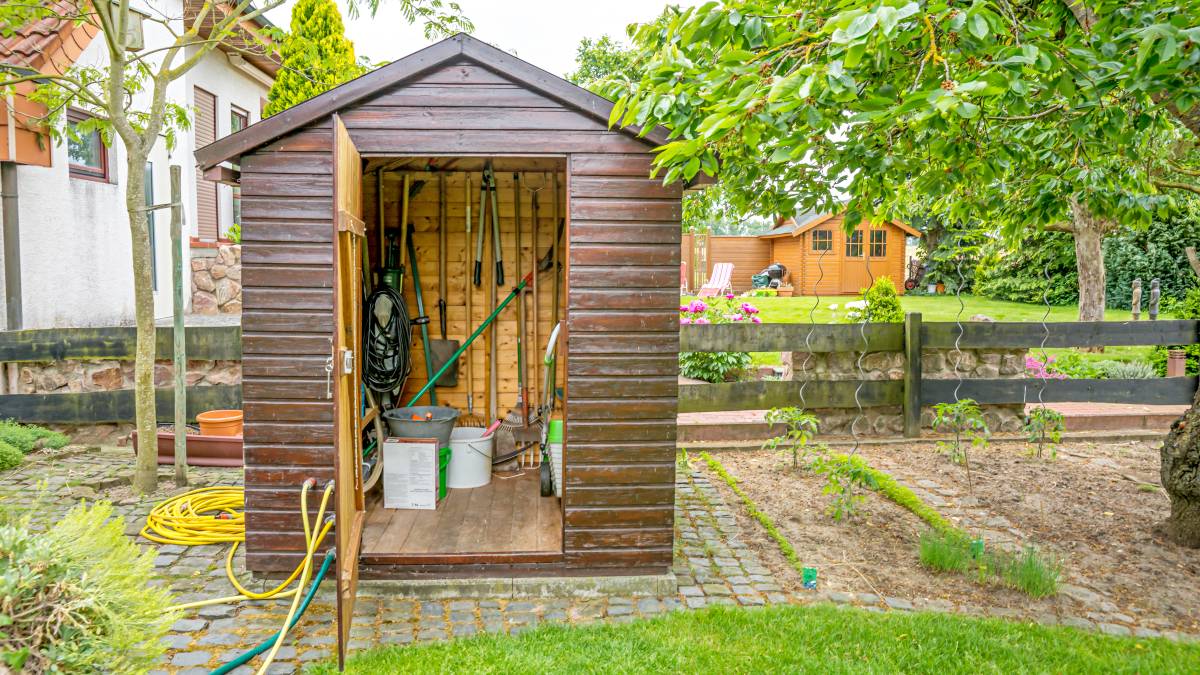
How to move a shed
Read more
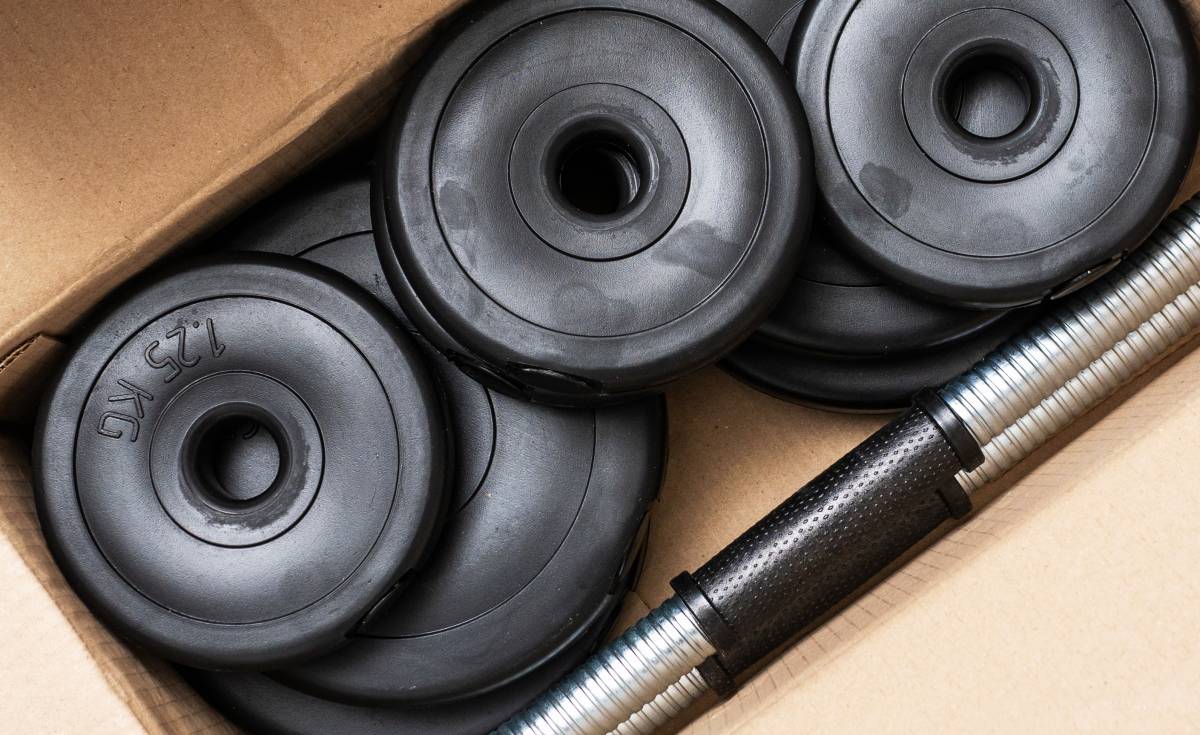
How to move gym equipment safely
Read more

How to pack kitchen items
Read more

How to move a pinball machine
Read more

Where to get moving boxes for free
Read more

How to move a washing machine
Read more

What movers won’t move
Read more

How much do movers make?
Read more

Tips for moving house with kids
Read more

Moving interstate checklist
Read more

Moving out of state checklist
Read more

The ultimate packing and moving list
Read more
Related price guides
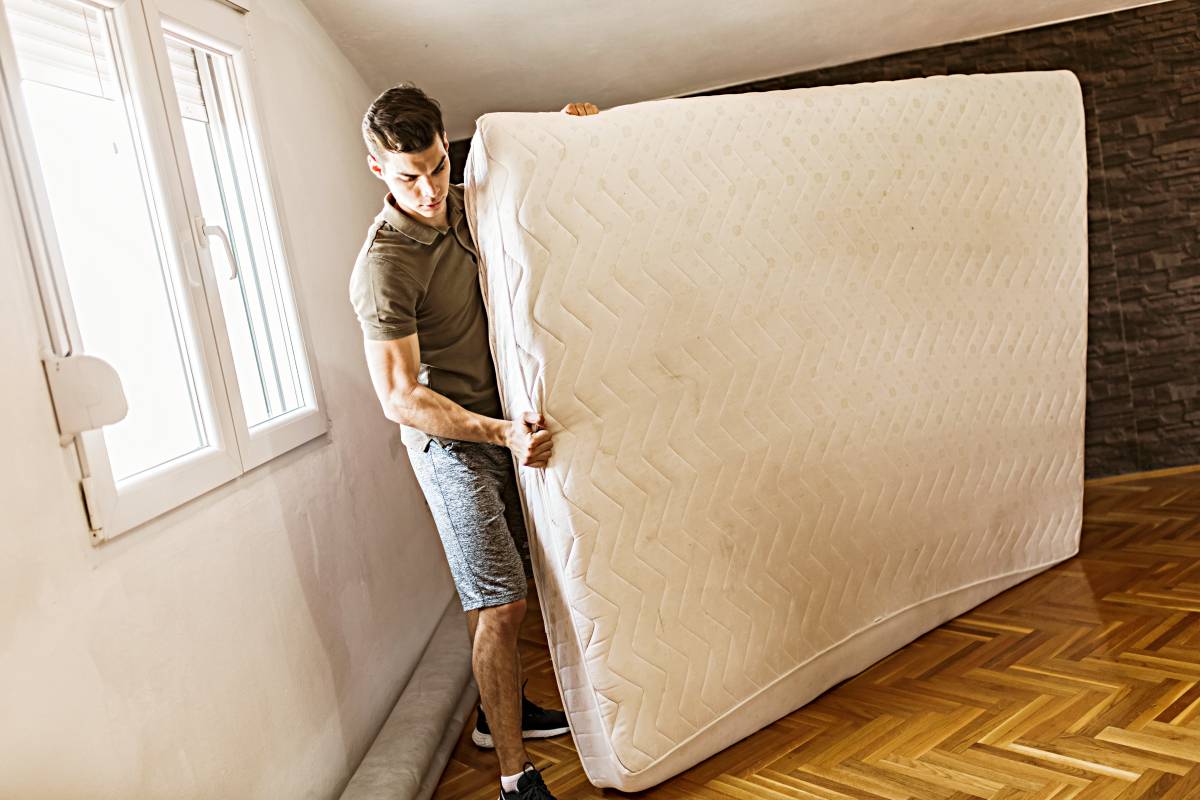
How much does mattress removal cost?
Read more
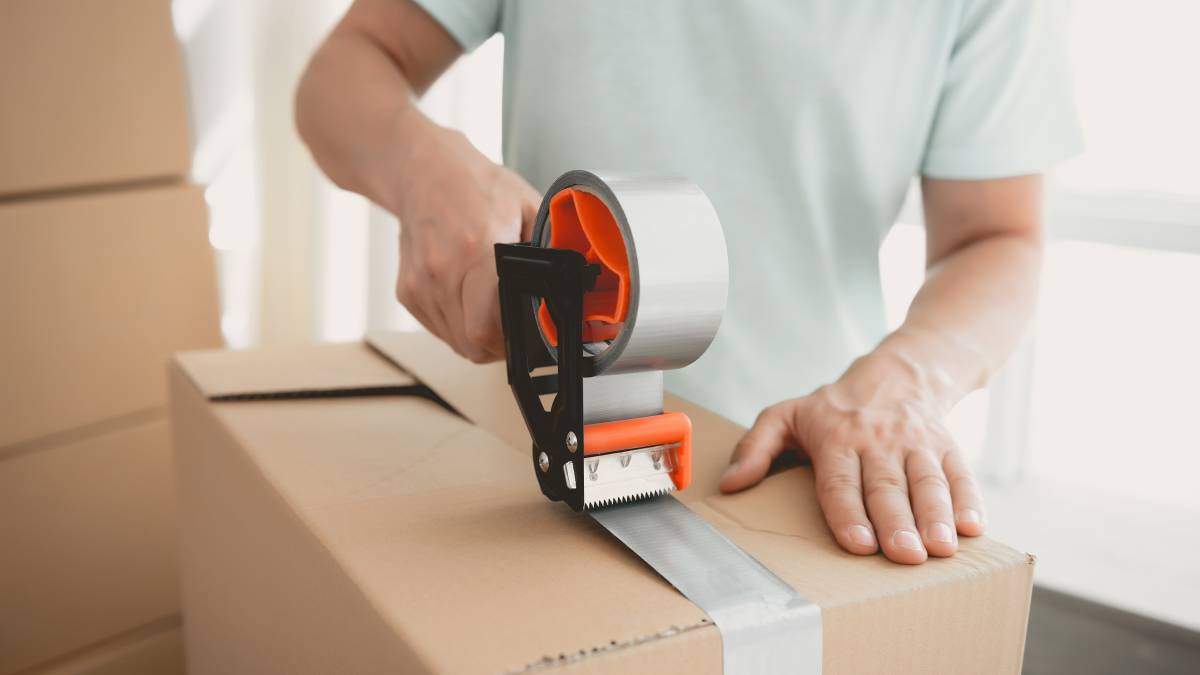
How much do packers cost?
Read more


